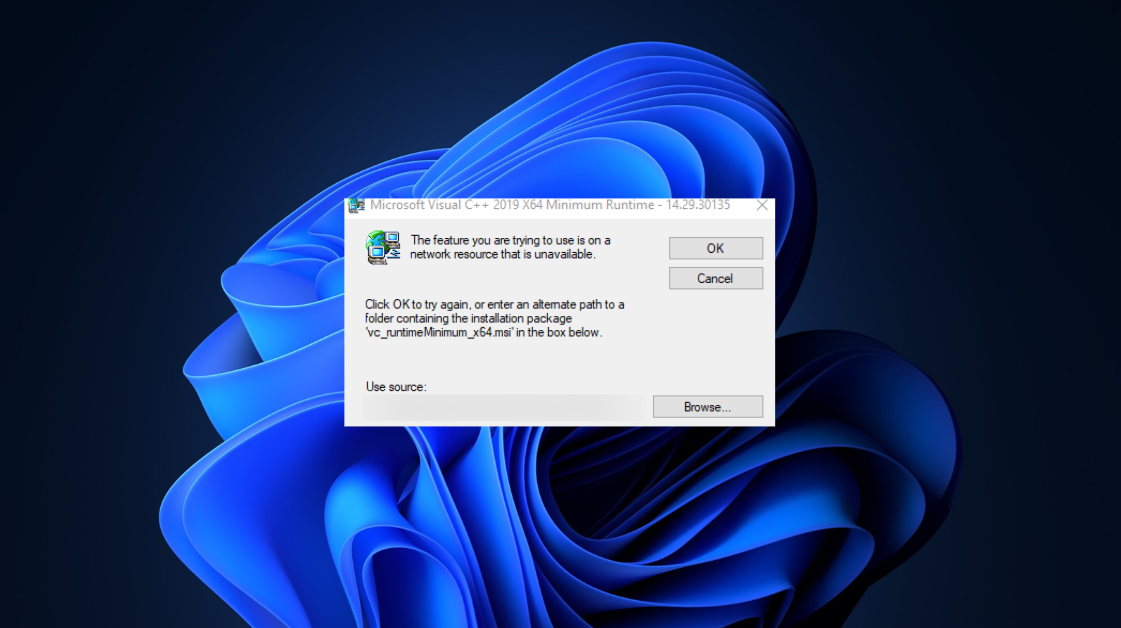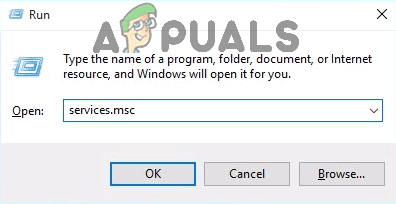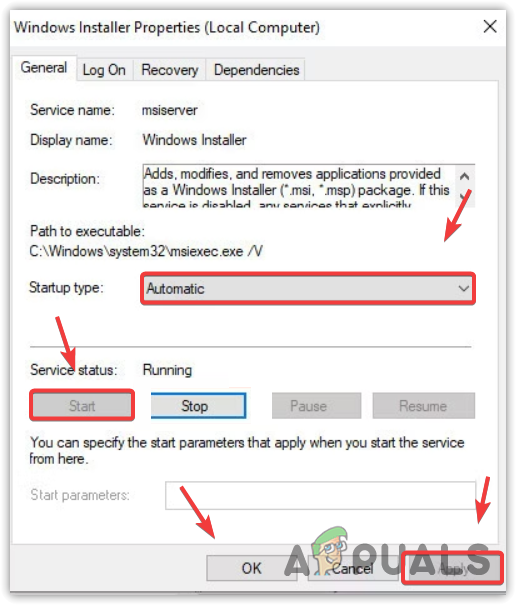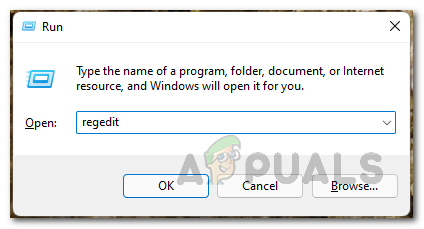How to Fix: The feature you are trying to use is on a network resource that is unavailable?
When encountering the error message “The feature you are trying to use is on a network resource that is unavailable,” it usually signifies that your computer cannot access the required files on a network or local resource to proceed with software installation or uninstallation.

The main cause of this error tends to be that the Windows Installer service is not currently running, or the registry entries necessary to locate the installation files are incorrect or have become corrupt. These registry entries could point to an installation file that has been moved or no longer exists, or they might be remains from a previous installation that was not fully removed.
Fortunately, users can often resolve this issue themselves. Below are some of the most effective solutions you can use to attempt to fix this problem:
1. Apply Correct Configuration of Windows Installer Service
By configuring the Windows Installer Service to start automatically and making sure it is running, you can allow the installation process to access the necessary files and resources on your computer. This step makes sure that the service is available to manage the installation or uninstallation of programs, resolving the error message about unavailable network resources.
- Press the Windows Logo key + R to open a Run dialog.
- Type services.msc into the Run dialog and press Enter.

- Scroll down the list of services in the Services manager, locate the Windows Installer service, and right-click on it.
- Select Properties from the context menu.

- Set the Startup type drop-down menu to Automatic.

- If the Service status reads Stopped, click Start; if it reads Started, proceed to the next step.
- Click Apply, then OK.
- Close the Services manager.
- Restart your computer.
After rebooting, try again to install or uninstall the program in question and verify if the process completes successfully.
2. Download the Installer in Different Location
Your installation issue might be due to using a damaged or corrupted installer, or because the directory where it was downloaded has communication problems with the rest of your system. In such a scenario, downloading a fresh copy of the installer to another location on your computer and using that for your installation or un-installation may resolve the issue.
3. Run the Program Install and Uninstall Troubleshooter
This tool is specifically designed by Microsoft to detect and repair common issues related to program installations and uninstallations on Windows. By running this troubleshooter, it can effectively identify and fix corrupted registry values, damaged registry keys, and other reasons that may be preventing the installation or un-installation of programs, eventually resolving the error message about unavailable network resources.
- Download the Program Install and Uninstall Troubleshooter by clicking here.
- Once downloaded, navigate to where the file was saved and double-click to run it.
- Follow the onscreen instructions, completing the troubleshooter to its end.

- Allow the troubleshooter to detect and repair issues like corrupted registry values, damaged registry keys etc.
After running the troubleshooter, restart your computer and check if the issue continues upon startup.
4. Delete a Specific Registry Key
One way to resolve the issue of unavailable network resources is by deleting a specific registry key. This step can help by removing any corrupt or incorrect registry entries that may be blocking the installation or uninstallation process. Deleting the specific registry key related to the affected program can clear any obstructions and allow for a smoother installation or uninstallation process.
Note: It should be done with caution as incorrect changes can lead to system instability. Always back up the registry before making changes.
- Press the Windows Logo key + R to open a Run dialog.
- Type regedit into the Run dialog and press Enter to open the Registry Editor.

- Navigate to the following registry directory in the left pane:
HKEY_LOCAL_MACHINE > SOFTWARE > Classes > Installer
- Double-click on the Products sub-key under the Installer key to expand it, and then look at the Product Name registry string (REG_SZ) for each of the sub-keys to identify the one related to the program you are troubleshooting.

- Upon locating the sub-key for the affected program, right-click it and select Delete.
- Confirm the deletion by clicking Yes in the confirmation popup.
- After deleting the relevant sub-key, close the Registry Editor and restart your computer.
Once your computer reboots, attempt to install or uninstall the troubled program again and check if the issue has been resolved.